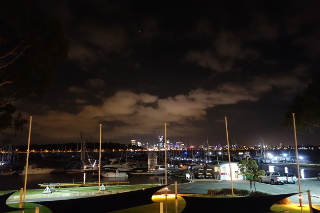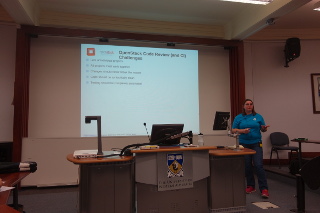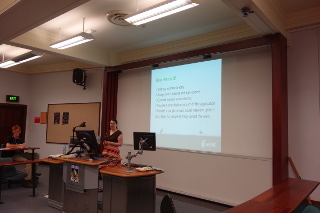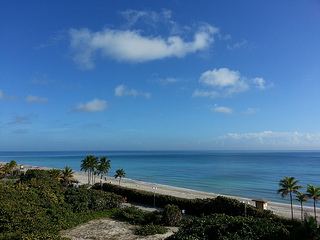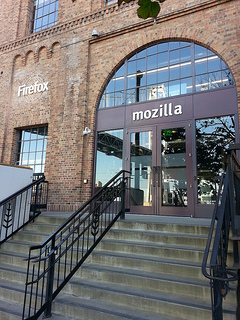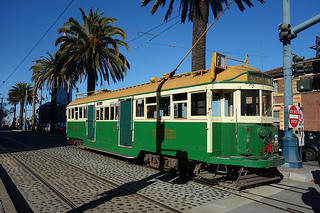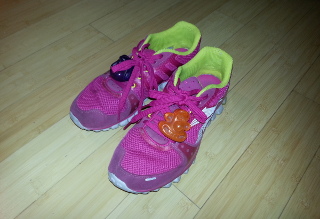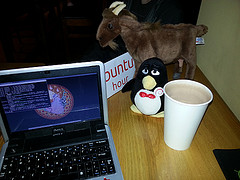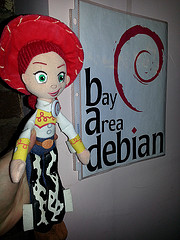Aww, the last day of Linux.conf.au! My schedule called for camping out in the WEBB lecture hall all day to watch talks by several of my OpenStack and HP colleagues.
Things kicked off with James E. Blair’s talk titled How OpenStack Improves Code Quality with Project Gating and Zuul. He did a quick review of the OpenStack Infrastructure and then did a closer look at how we run tests on every piece of code submitted and then accepted and showed how Zuul manages the queue. He also walked the audience through the YAML config files for how Zuul is configured. Slides here.
Next up was Robert Collins on Diskimage-builder: deep dive into a ‘machine compiler’. While there are other tools in the space of DiB, Robert explained the requirements that this particular tool satisfies, and then went through the internals of the “ubuntu” element as an example of how a specific image element is structured and what it produces in the resulting build.
After lunch Clark Boylan did his talk, Processing Continuous Integration Log Events. The OpenStack CI system produces billions of log events and this talk centered around how they are handled and processed. He began by talking about how we serve up the plain log files to developers (366M worth for each full test run) and how they sought out a system of processing these to make them easier for developers to use. Requirements for it were a friendly UI, REST API, and a decent querying language and the solution ended up being logstash, Elasticsearch and the Kibana dashboard. He then talked about how this has led to elastic-recheck which has helped track down bugs in the infrastructure more efficiently and report the results to developers. The “living document” (kept updated over time) version of the slides are here: here.
Last talk of the day! Most of the talks of the day were OpenStack-related but could easily be used for other projects (indeed, that’s a core reason we’re giving these talks). This last talk actually was OpenStack related though, with Devananda van der Veen giving his Provisioning Bare Metal with OpenStack talk. I saw a version of this talk last year, and it was interesting to see how it’s changed as the Ironic project progresses and he could expand upon how it works. I was also glad to see that the community developing it is diverse in terms of companies contributing.
Finally, it’s awesome to see that most of the talks from LCA are already available for downloading! Kudos to the LCA volunteers who worked on this, so all the talks I’ve mentioned in this post can be downloaded from here: http://mirror.linux.org.au/linux.conf.au/2014/Friday
The conference finished with the announcement of LCA 2015 in Auckland and LCA 2016 to be held in Geelong (I had to look that one up). And then a series of lightning talks.
In all, a great conference, I hope I can attend again in the future!
More photos from the conference here (I will be adding more here when I get home): http://www.flickr.com/photos/pleia2/sets/72157639634280886/







